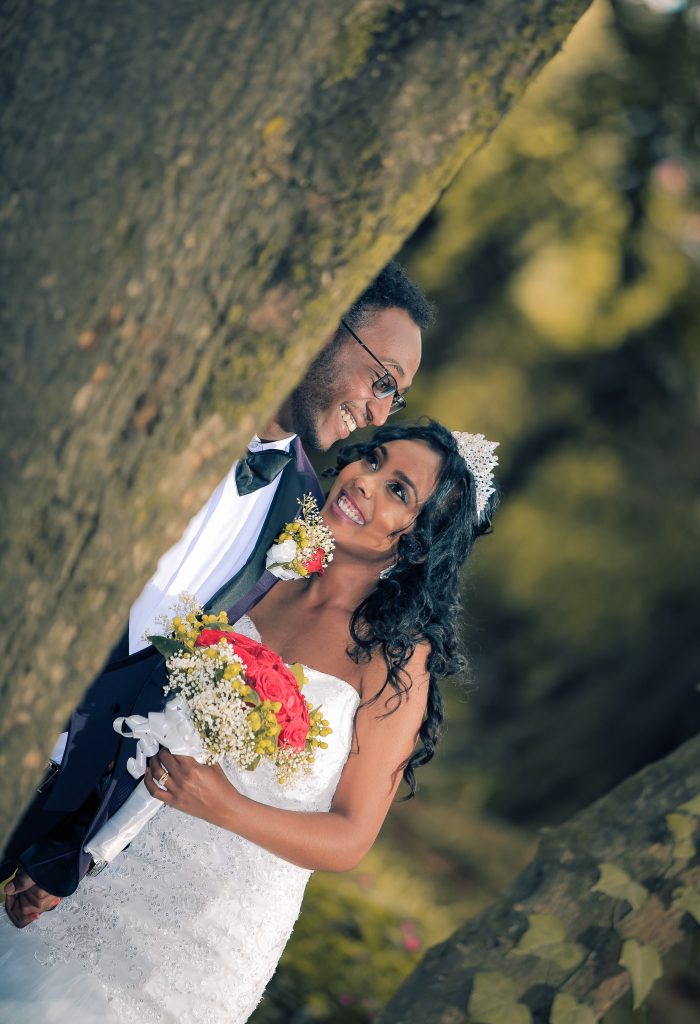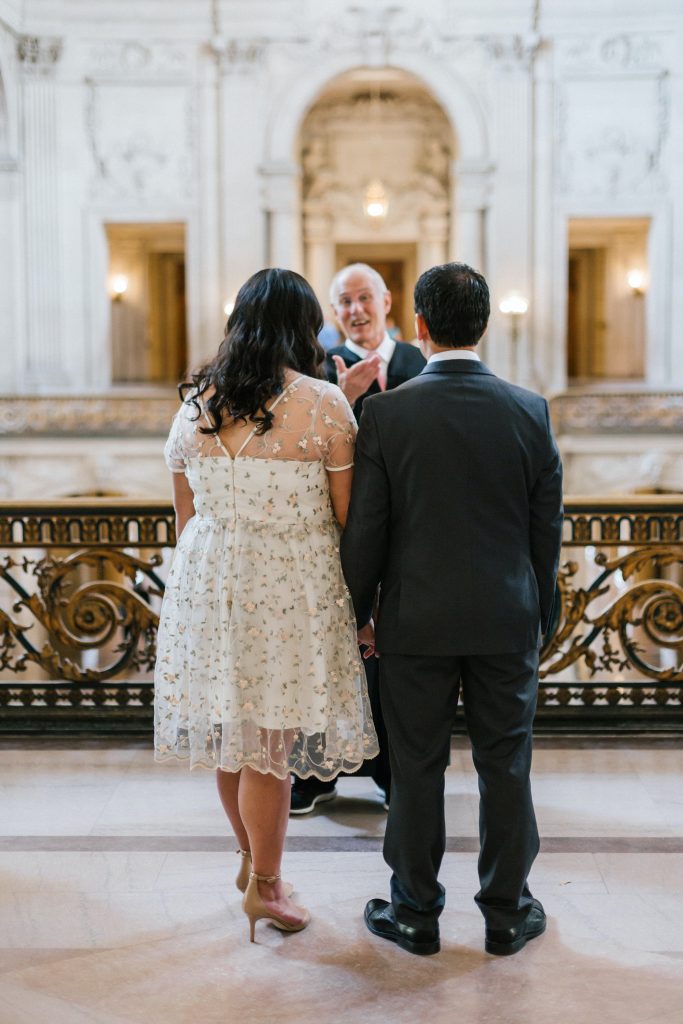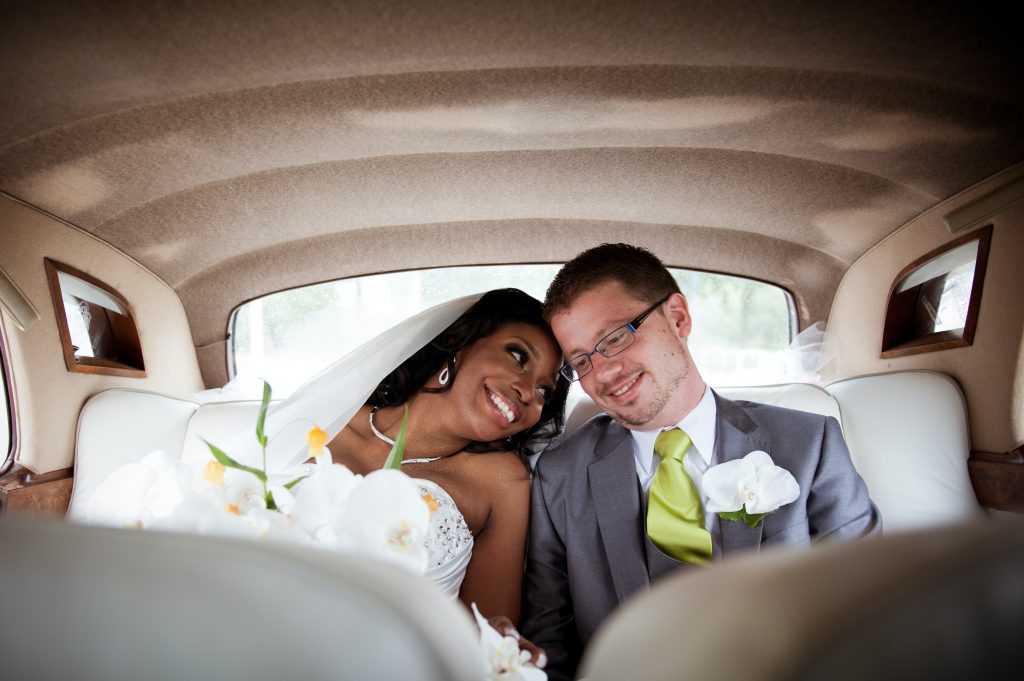Small or Big Weddings: Will the Latter be Possible this Wedding Season?
There are two types of people in this world: those who dream of having a blowout wedding for their entire lives and those who are definitely more about a smaller-scale reception. There is no shame in either decision. After all, it is your wedding day. But in a post-pandemic world where there remains uncertainty regarding what big events –– such as weddings –– will look like in 2020 and beyond, will big weddings even be possible this summer or next? Or will couples be forced to rethink their dream wedding on a smaller scale?
Even as many states move into phase two of the quarantine –– with destination station Tuscany one step ahead of the U.S. entering phase three — there remain logistical concerns about the possibility of a larger wedding. Of course, we don’t know yet what the world will look like in six months or a year, so for couples who have chosen to postpone their wedding ceremony and reception until 2021, perhaps their extravaganza will be able to come to fruition. But for couples who remain determined to be wed sooner rather than later, social distancing regulations and health concerns are driving their decision making — not the wedding planner.

And one cannot deny that the choices couples make now may alter future nuptial trends. The wedding industry — including Loverly — populates future brides’ feeds with every possible wedding theme, venue, vendor, and color palette. Each of these aspects will now be altered. As venues become booked through 2021, the Father of the Bride style backyard wedding might be the next big thing. Vendors’ availability — from catering companies to your hairstylist — will also impact the future of large-scale weddings as they must comply with health regulations. Families have been opting to celebrate outside, as nature provides a perfect open space to dance six-feet apart. The logistical planning of a wedding is bound to look different, and couples will have to confront the wellbeing of their guests, especially older family members who are more vulnerable to the respiratory disease.
It is no easy feat to downgrade a 200-guest wedding to 10 people in order to comply with COVID regulations, especially when your special day is meant to be spent with family and friends. This reality is one reason why many couples have postponed their weddings until this can be possible. Others have tied the knot with the intention to host a larger reception later. In fact, “self-uniting” has become a new trend where the bride or groom marries the other. But even obtaining a marriage license has become difficult during lockdown. As the weeks have progressed, couples have been able to obtain a license virtually, and hopefully, this legal step in the wedding process will be back to normal soon so couples can at least commiserate over their license as a recent grad would stare at their undergraduate degree wondering: well, what next?

Of course, there is the traditional anti-tradition of eloping or the newly popularized techy Zoom wedding, but another trend born out of this uncertain time is the “minimony” which consists of a small gathering of 10 or fewer people, including the officiant. This way, couples can get married on their original date, but plan for a grander ceremony later in the year. However, there remains concern about whether or not it will be possible to even host big weddings in the second half of 2020 due to fears of a second wave of COVID-19 and the current lack of a vaccine. The safety of their guests is a top priority for any couple — no one wants Four Weddings and A Funeral to turn into a biographical drama hitting your local streaming service in 2021.
“Micro Weddings” may be the new norm, as they are not only cost-effective — which is important given the financial impact on the economy during the pandemic and safer for the guests and couple included. Just because you may have to revert to a more intimate setting, doesn’t mean you can’t still be creative. In some ways, the lockdown has forced individuals and couples alike to become hyper-creative — from baking focaccia bread with a vegetable-based fresco on top to experimenting with embroidery — in dealing with isolation and not dwelling on the what could have been if not for COVID.
While in-person weddings may look smaller, if you are still keen on organizing a larger event, big Zoom weddings may be your way to go (for now). Obviously, staring through your screen as you give toasts, dance to a shared Spotify playlist, and become fun-drunk by the end of the night may not be as fun as it would be if you were physically at your first choice venue, virtual weddings allow you to surpass even the OG guest list you made that included the girl you sat next to in homeroom freshman year of high school.

Simply put, there is no ideal solution for how to host weddings in a post-pandemic world. In some ways, the verdict is still out on when people will be able to host and attend large scale events — and whether or not people will even feel comfortable dancing on top of each other when the day comes. The financial stress put on couples and businesses in the wedding sector alike, on top of health concerns, may be the driving force of wedding trends for the next year. What matters though, is that big or small, in person or online, weddings will never go out of style.